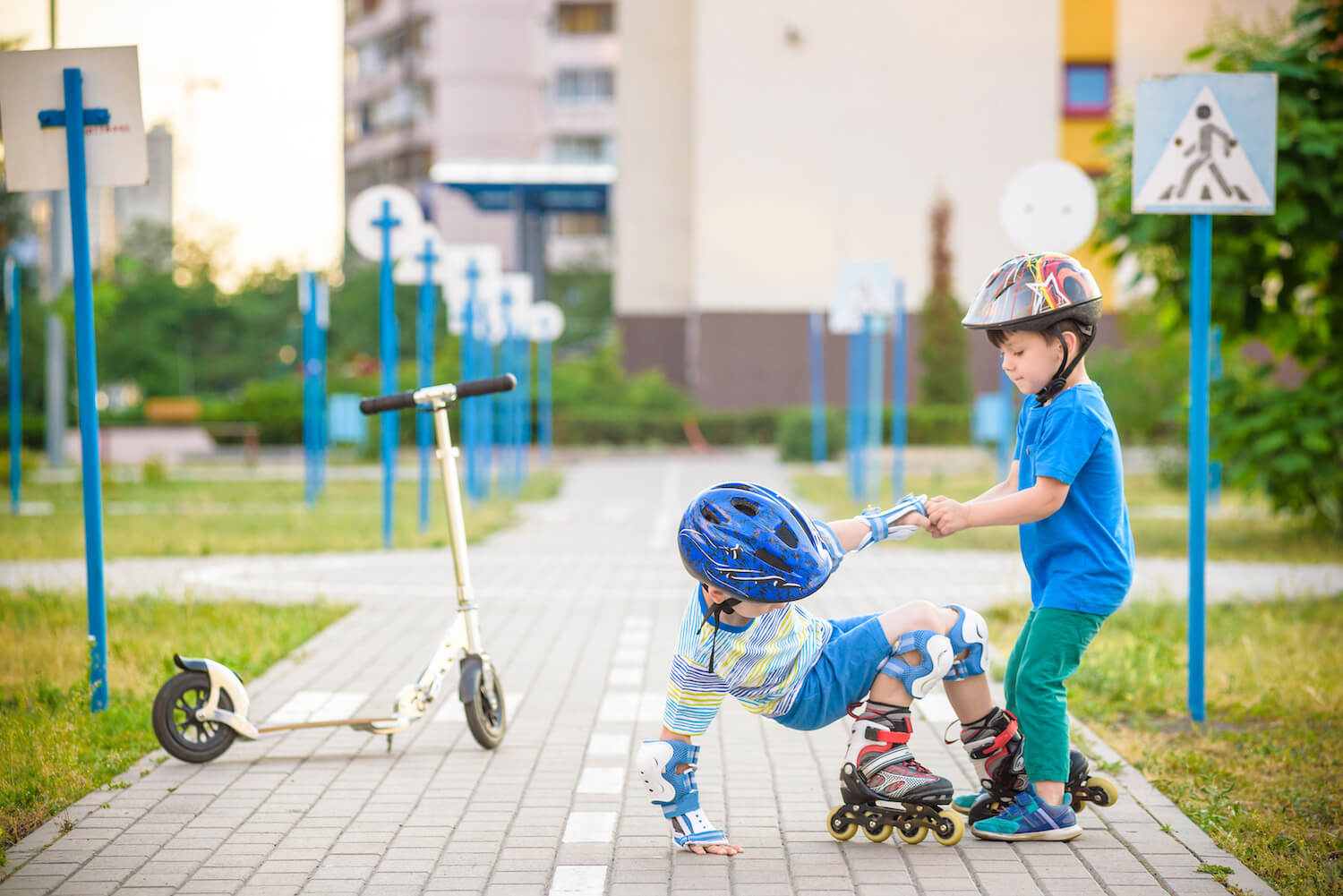Encouraging Independence in Young Children

Watching your child take their first steps toward independence can feel bittersweet. You want them to grow, yet there’s that instinct to keep them close and safe. The truth is, fostering independence in childhood isn’t about pushing them away. It’s about giving them roots and wings at the same time.
Why Childhood Independence Matters
When we talk about childhood independence, we’re really talking about helping children develop a strong sense of self. Here’s what fostering independence meaning truly encompasses:
Building Self-Esteem: Each time your child accomplishes something on their own, they internalize the message: “I am capable.” This foundation of self-esteem will serve them throughout their lives.
Strengthening Thinking and Focus Skills: According to a study, when you support your child’s autonomy, you’re actually helping develop crucial brain skills called executive functions: the mental abilities that help us plan, focus attention, remember instructions, and manage multiple tasks.
Supporting Mental Health: Research shows that independent activity helps children feel more in control of their world. They learn to solve problems, manage emotions, and trust their own abilities. These experiences build resilience, which are strong protectors against anxiety and depression as they grow.
Practical Ways to Foster Independence
- Create Time and Space for Free Play
Free play is unstructured, child-led playtime where kids choose what to do without adult direction or control. It’s when your child decides they’re going to turn the couch cushions into a mountain or spend an hour lining up their toy cars just so.
How to support it:
- Clear play areas of potential hazards beforehand
- Step back and resist the urge to direct or organize their play
- Check in to ensure safety, but otherwise let them lead
- Trust that they’re learning valuable skills, even when it looks like they’re “just playing”
- Encourage Physical Independence
Remember the first time you let go of their hand at the park? That moment of trust is powerful for both of you.
Try this:
- At the playground, stand back and let them navigate the equipment at their own pace
- In safe areas, allow them to walk a few steps ahead on the sidewalk
- Let them climb those stairs or balance on that low wall while you spot nearby
- Trust their growing awareness of their own physical capabilities
- Support Social Independence
Encouraging your child to interact with people outside their immediate circle of family, friends, teachers, and peers builds social confidence.
Gentle ways to practice:
- Let them order their own food at a restaurant (you can whisper what they want beforehand if needed)
- Encourage them to ask a store employee where to find an item
- Have them hand money to the cashier or say “thank you” to the bus driver
Important note: Not all children are naturally outgoing, and that’s perfectly okay. For shy or reserved children, start very small. Practice at home with role-play. Let them whisper their order to you, and you can repeat it to the server. Gradually increase their involvement at their own pace. Never force it: gentle encouragement and modeling are key.
- Offer Choices
Open-ended questions like “What do you want to do today?” are great, but they’re not always realistic for busy families. Instead, offer choices that work within your family’s structure.
Examples:
- “Would you like to wear the blue shirt or the red shirt?”
- “Should we read books or do puzzles before bed?”
- “Do you want apple slices or crackers for a snack?”
These bounded choices give children autonomy while keeping you sane. They’re learning to make decisions without becoming overwhelmed by endless possibilities.
- Introduce Chores
Chores aren’t just about keeping the house tidy, they’re activities to encourage independence and build competence. When children contribute to the household, they develop a sense of belonging and capability.
For younger children:
- Putting toys in a basket
- Placing napkins on the table
- Helping feed a pet
- Putting dirty clothes in the hamper
For older children:
- Making their bed
- Setting the table
- Watering plants
- Sorting laundry by color
Make it work: You can create a simple visual chart for the week. Keep expectations predictable and achievable. The goal is a sense of accomplishment, not perfection.
- Let Them Solve Problems
When your child makes a mistake or encounters a challenge, your instinct might be to swoop in and fix it. But if the situation isn’t dangerous, try pausing instead.
Ask questions like:
- “What do you think you could do?”
- “How can we solve this problem together?”
- “What would happen if you tried…?”
This approach teaches them that problems are solvable and that they have the capacity to figure things out. You’re not abandoning them. You’re showing confidence in their ability to think.
- Celebrate Effort and Perseverance
Focus your praise on the process, not just the outcome. When you say “You worked really hard on that puzzle” or “I noticed you kept trying even when it was tricky,” you’re teaching them that effort matters.
This helps children develop a growth mindset: the understanding that abilities can be developed through dedication and hard work.
- Encourage Trying New Things
Growth happens outside our comfort zone, and this is true for children too. Trying new things doesn’t have to mean big adventures. It can be wonderfully simple.
Ideas:
- Tasting a new food (even just one bite counts!)
- Wearing a new type of clothing they haven’t tried
- Taking a different route on your neighborhood walk
- Trying a new art material or craft
- Playing with a child they don’t know well at the park
- Balance Challenge with Success
Here’s one of the most important aspects of fostering independence: your child needs both challenges and wins.
The challenge piece: Give them opportunities to stretch slightly beyond their current abilities. This is where growth happens. They’ll make mistakes, feel frustrated, and learn to persevere.
The accomplishment piece: Also make sure they have activities they’re already good at. Time to shine at things that come easily. These experiences build confidence and remind them that they are capable.
Think of it like a seesaw that needs to stay relatively balanced. Too much challenge leads to discouragement; too much ease leads to boredom. You’re looking for that sweet spot where they feel both supported and stretched.
Child Independence Grows from Unconditional Love
As you encourage your child to become more independent, remember this: independence flourishes best in the soil of unconditional love. Your child needs to know that your love isn’t dependent on their successes, their choices, or their ability to do things on their own.
When they stumble, you’re there. When they succeed, you’re there. When they want to try independently, you cheer them on. When they need to crawl back into your lap for comfort, your arms are open.
Fostering independence isn’t about creating distance. It’s about giving your child the confidence to explore the world knowing they always have a safe home base with you. That’s the beautiful paradox of parenting: the more secure children feel in your love, the braver they become in stepping out on their own.














